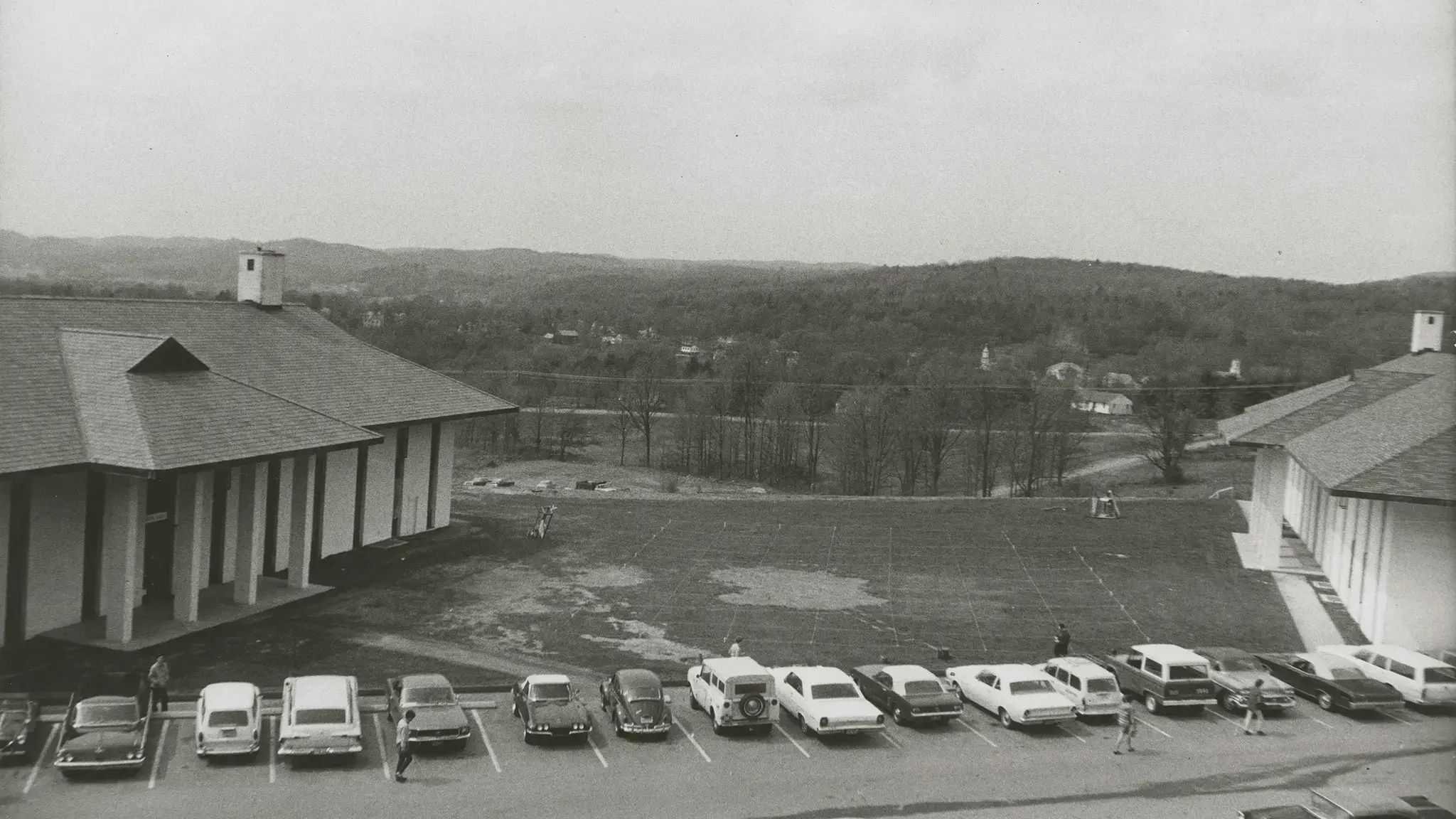

Editor’s note: Seth Siegelaub was among the first curators to radically re-think the contemporary art exhibition context. In the late 1960s and early 1970s, he organized exhibitions outdoors as well as in the pages of magazines. The following excerpt is taken from a longer interview with Siegelaub, commissioned by The Pew Center for Arts & Heritage in 2012 for inclusion in a forthcoming book on structural innovation in exhibition-making. We are grateful to British art historian Teresa Gleadowe and Seth Siegelaub for the time they invested in this conversation over a several in-person meetings and numerous follow-ups. Sadly, Seth Siegelaub passed away in the summer of 2013, before this text was published.
Raven Row, April 19, 2012
Teresa Gleadowe: So what do you see in the fact that your curatorial practice has become a kind of foundational text for the teaching of curating? You are part of the literature of curating, like it or not. And how do you feel about what has been done with what you did?
Seth Siegelaub: I never thought of myself as a curator. I rarely, if ever, used the word. When I was young, a curator was someone who worked in a museum. Even adding the word “independent” to curator, that didn’t exist either; it only became a “profession” in the 1980s or so, linked to the changing museum economics.
TG: You always described yourself as an organizer, just as Harald Szeemann always described himself as an exhibition maker, not a curator.
SS: That is certainly true. And I didn’t theorize any—consciously—any plan for independent curating.
TG: You never did explicitly, but I think that your example, through your practice, has been highly influential, maybe starting with the way that you talked about what you were doing and how you made visible the mechanisms of putting together an exhibition—that is, you made the whole process transparent. You did show an unusually developed degree of self-consciousness about what it was that you were doing, what would now be called reflexivity. And the fact that you articulated those mechanisms in a way that very few other people were doing meant that your interviews and pronouncements and texts of various sorts have become part of what provides the basis for this new understanding of the curator’s role. So the curator is not just an invisible professional agent, as in the museum curator, but somebody who has a direct effect on the way art is presented and seen.
Underlying our conversation is a question that Peter Nesbett brought up: “To what degree can we really unearth the conditions and considerations that led to a series of innovative decisions 40 or 50 years ago?” He suggests, “This is complicated in that issues/motivations that were important back then may not seem as important now, and in the larger effort to historicize these shows there may be a certain shift in emphasis from certain details to others.” I think to an extent we’ve been talking about that process of historicization, and I was suggesting that I suspect that the way you narrate those exhibitions now is somewhat different from the way you narrated them at the time. What I see perhaps is a tendency for you to resist that canonization.
SS: Peter’s question is fundamental to the understanding of all histories: the need to understand the context, values, and zeitgeist of a period to understand an individual’s actions. For my part, frankly, when I left the art world it was also a very, very clear decision: I could continue promoting these artists, and with them myself, and this is what most people in my situation at that moment in their careers would do. Then you find perhaps five more “great” artists, or so you hope, and you put them into the pipeline that you developed in promoting the first group of artists. You build a stable of artists, and you try to use whatever accumulated experience and contacts you have, and your “prestige,” assuming you have prestige, to help these artists to develop. I said that’s not what I want to do.
TG: I guess another way that it would be possible to talk about your career is as a kind of avoidance of professionalization.
SS: That’s certainly true. I don’t want to be, but I’m on the edge of being a dilettante. There’s no doubt about it. I’m not an idiot. I mean, I’ve looked at the world’s textiles, or those that I can get access to. I’ve thought about them and read about them and tried to develop my expertise, but I can be considered a dilettante compared to an experienced curator at the Met, Cleveland, or the V&A. But I like the playfulness and the freedom that comes with this position of not making it into a career. I’ve always worked at home, for example. I find that freedom is worth millions. The liberty to stop and go on vacation or not or take a walk in the afternoon. So I never wanted to—what you said is true—to professionalize, to become too serious. I was always sort of self-deprecating and critical, which keeps me in touch with reality. But that could be a game too, of course. You know, self-effacement.
TG: But that also means that you’re probably more aware of the contexts in which you’re working than somebody who is naturalized into that context. Once you work within a big institution you can quite quickly begin to stop seeing the lineaments of that institution. It seems to me that you have this constant interest in being sufficiently distant and critical from whatever your context is to be able to see its structure.